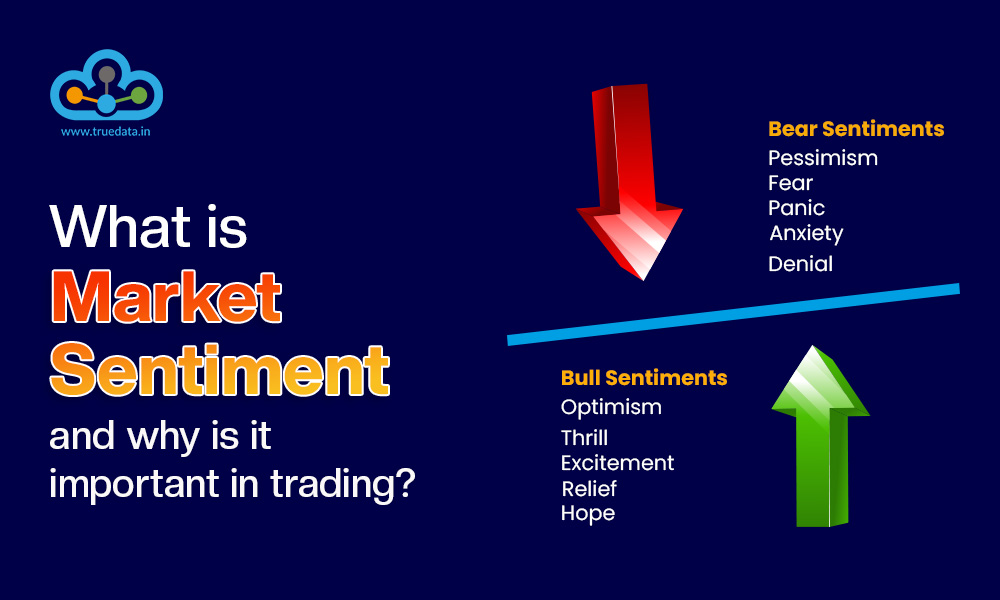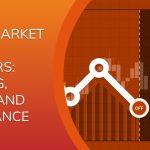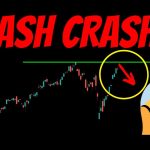
By ATGL
Updated March 2, 2025
A normal yield curve is a fundamental concept in fixed-income investing and economic analysis. It illustrates the relationship between bond yields and maturities, typically sloping upward. This upward trajectory indicates that long-term bonds offer higher yields than short-term bonds due to factors such as inflation expectations, risk premiums, and economic expansion.
For investors, understanding the normal yield curve is important for evaluating interest rate trends, economic health, and investment strategies. This article explores its definition, characteristics, implications, and how you can leverage it for portfolio management and financial decision-making.
Definition of the Normal Yield Curve
A normal yield curve is a graphical representation of bond yields across different maturities. It slopes upward, reflecting the expectation that longer-term bonds should provide higher returns than shorter-term bonds due to greater exposure to inflation and interest rate fluctuations.
What is a bond yield? A bond yield is the return an investor earns on a bond, typically expressed as an annual percentage based on its price and interest payments.
Key Characteristics of a Normal Yield Curve
- Upward Sloping Structure: The curve rises from left to right, meaning bonds with longer maturities yield more than those with shorter durations.
- Reflects Economic Growth: A normal yield curve generally suggests that the economy is expanding and that interest rates will gradually increase.
- Influenced by Risk Premiums: Longer-term bonds carry more risk due to uncertainty over future inflation and interest rates, so investors demand higher returns.
- Market Expectations: Investors anticipate that yields will rise over time, aligning with broader economic growth trends.
This curve contrasts with the inverted yield curve, which can signal an economic slowdown.
What Does a Normal Yield Curve Look Like?
A normal yield curve is visually represented on a graph where:
- The X-axis denotes bond maturities, typically ranging from short-term Treasury bills (e.g., 3-month, 6-month, and 1-year maturities) to long-term Treasury bonds (e.g., 10-year, 20-year, and 30-year bonds).
- The Y-axis represents bond yields, measured in percentage terms.
In a normal environment, the yield curve gradually slopes upward, showing that:
- Short-term bonds offer lower yields because they carry less risk and lower exposure to interest rate changes.
- Long-term bonds provide higher yields to compensate for inflation uncertainty and the time value of money.
Why Do Longer-Term Bonds Yield More?
Longer-term bonds offer higher yields than short-term bonds because they carry greater risks, including inflation uncertainty, interest rate sensitivity, and liquidity constraints. Investors require higher returns to compensate for these factors. The upward slope of the normal yield curve reflects expectations of economic growth and gradually rising interest rates. Financial analysts and traders closely monitor its shape, as changes — such as steepening, flattening, or inverting — can signal shifts in economic conditions, guiding investment decisions across fixed-income and equity markets.
Normal Yield Curve vs. Inverted Yield Curve
The yield curve shape is a critical market signal. Comparing a normal yield curve to an inverted yield curve provides insight into economic trends and investor sentiment.
| Yield Curve Type | Slope | Economic Implication |
|---|---|---|
| Normal Yield Curve | Upward | Suggests economic expansion, rising interest rates, and investor confidence. |
| Inverted Yield Curve | Downward | Indicates economic uncertainty or possible recession as short-term yields surpass long-term yields. |
| Flat Yield Curve | Near horizontal | Suggests market indecision or transition between economic cycles. |
An inverted yield curve is often seen as a warning sign of economic contraction. Historically, every U.S. recession in the last 50 years has been preceded by an inverted yield curve, making it a closely watched indicator among investors and policymakers.
Economic Implications of the Normal Yield Curve
Indicators of Economic Growth
A normal yield curve is generally associated with economic expansion and rising interest rates. It indicates:
- Strong corporate earnings: Businesses can borrow at relatively low rates for expansion.
- Healthy labor markets: Job growth typically aligns with a steep yield curve.
- Growing consumer spending: Rising wages and job security encourage consumption, further driving economic growth.
Anticipated Inflation Trends
A steep normal yield curve suggests that inflation expectations are moderate to high. This means:
- Investors expect central banks to raise rates gradually to control inflation.
- Fixed-income investors may prefer shorter maturities to minimize inflation risk.
- Stock market sentiment remains positive, as inflation is seen as a byproduct of economic expansion rather than an immediate threat.
Understanding inflation’s impact on yields is necessary for bond market participants seeking optimal entry points.
Advantages of the Normal Yield Curve for Investors
Forecasting Future Interest Rates
The shape of the yield curve helps you anticipate Federal Reserve policy decisions and adjust portfolios accordingly. If the curve steepens, it suggests higher future interest rates, favoring shorter-term bonds to avoid duration risk. If the curve flattens, it may signal lower future rates, encouraging investors to lock in longer-duration bonds.
Assessing Investment Opportunities
Fixed-income investors can enhance their returns by analyzing yield spreads and identifying opportunities where bond yields offer favorable risk-adjusted returns. Meanwhile, equity investors use the yield curve as a key indicator of market trends and economic stability, helping them assess whether conditions favor growth-oriented investments or more defensive positions. For those investing in callable bonds, understanding yield-to-call helps you evaluate potential returns if the bond is redeemed early.
Interpreting Shifts in the Yield Curve
Factors Leading to Shifts
The yield curve changes shape based on:
- Federal Reserve Policy: Rate hikes raise short-term yields, while rate cuts lower them.
- Inflation Expectations: High inflation steepens the curve, while deflationary fears flatten it.
- Market Sentiment: Uncertainty in global markets can lead to rapid changes in yield spreads.
Economic Indicators to Monitor
- Consumer Price Index (CPI): A key measure of inflation.
- Gross Domestic Product (GDP) Growth: Affects long-term interest rate expectations.
- Federal Funds Rate: Directly impacts short-term bond yields.
For those seeking to hedge risk, understanding YTW (Yield-to-Worst) can provide additional insights.
Practical Applications for Investors
Understanding the difference between bond yield and interest rate is essential when you’re evaluating fixed-income opportunities.
You can use money market fund yields as a real-time indicator of central bank policy trends. Since short-term yields in money markets often reflect interest rate expectations, monitoring these rates can help you decide whether to allocate capital to short-term or long-term securities.
Developing Investment Strategies Based on Yield Curve Trends
Analyzing a bond yield provides insight into how different securities generate returns and how they align with market conditions.
A normal yield curve serves as a critical benchmark for portfolio management across different asset classes. Bond investors may choose to extend maturities when rates are expected to rise gradually, taking advantage of the higher yields offered by longer-term bonds. Equity investors often interpret a steep yield curve as a positive economic signal, favoring growth sectors such as technology and industrials, which typically perform well in expansionary periods.
Gain Deeper Market Insights with Above the Greenline
The normal yield curve is a fundamental indicator of interest rate expectations, inflation trends, and economic growth. When you understand its dynamics, you can optimize portfolio allocations and mitigate risks in changing market environments.
By staying informed on yield curve shifts, market participants can make data-driven investment decisions that align with macroeconomic trends. Above the Greenline provides expert investment strategies, including yield curve analysis and trend forecasting. Access our premium insights today.






